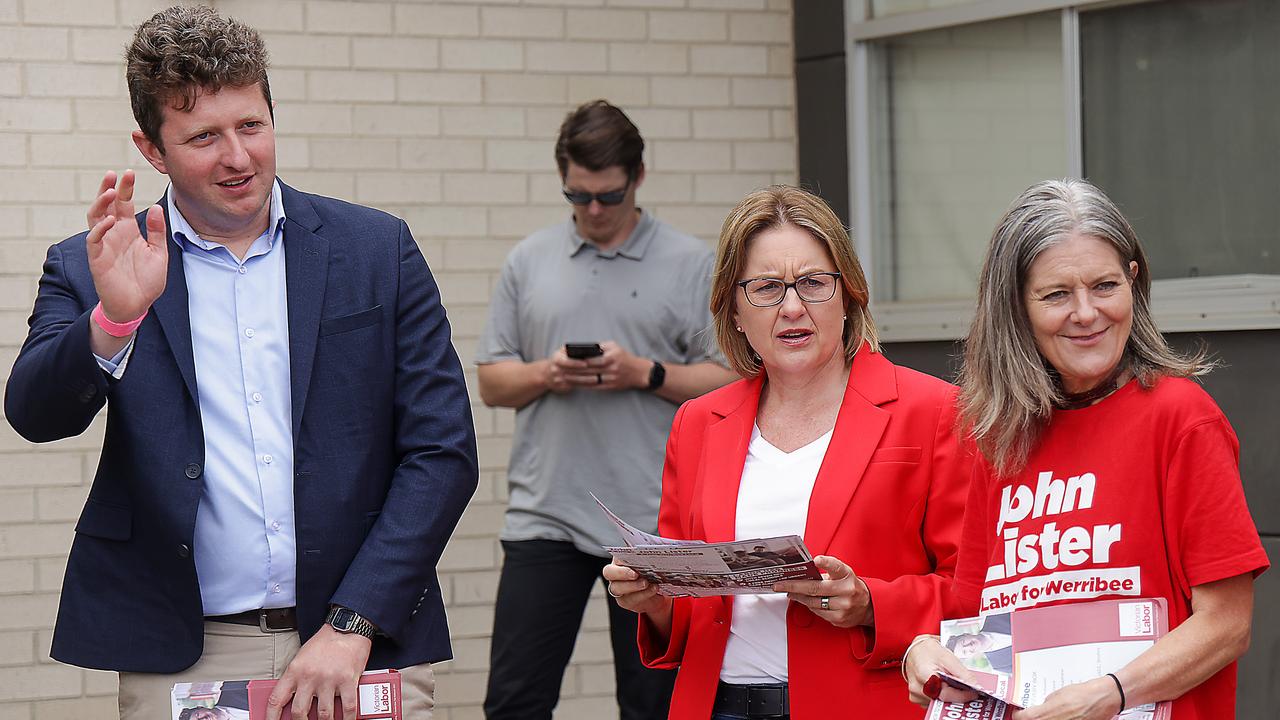WA’s biggest disaster recovery package not delivered
Only a tiny sliver of the financial assistance promised by the McGowan government in the wake of one of Western Australia’s biggest natural disasters has found its way to people in the devastated region.
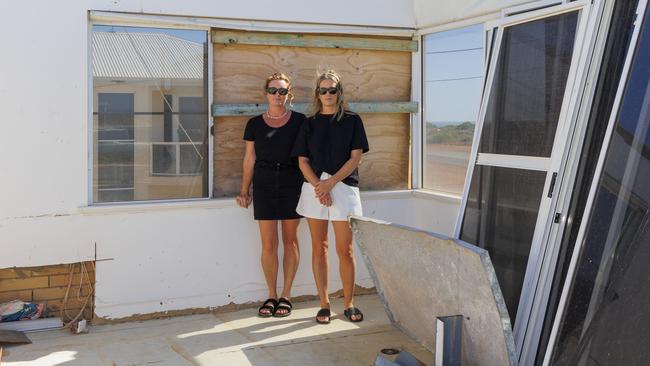
Only a tiny sliver of the financial assistance promised by the McGowan government in the wake of one of Western Australia’s biggest natural disasters has found its way to people in the devastated region, adding to anger and resentment across a community still struggling to rebuild.
Soon after Tropical Cyclone Seroja slammed into the Midwest towns of Kalbarri and Northampton in April 2021, Premier Mark McGowan unveiled what the government labelled the biggest disaster recovery package in WA history.
But more than 21 months later, and as WA now battles the biggest flood in the state’s history, just 3.5 per cent of the $97.71m set aside by the government for grants has been disbursed to the thousands of people affected.
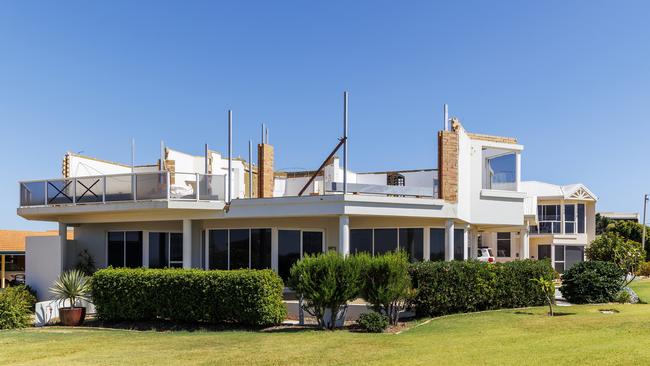
On top of that, barely a third of the $9m allocated for a community welfare and outreach program that aimed to provide specialist and mental health services has been spent to date, with the government conceding that the full amount won’t be used before the program ends.
The lack of assistance flowing to the region has added to the ongoing frustrations in the region, with numerous homes and businesses still not repaired and prominent pieces of public infrastructure still in ruins.
Opposition emergency services spokesman Martin Aldridge said the government had clearly failed to deliver.
“Their recovery effort is sadly becoming the second disaster to hit the Midwest,” he told The Australian.
“People are still living in homes with no roofs or part roofs, and really no plan or no hope of rectifying the situation. There’s an increasing number of people now saying, ‘well, we just can’t contemplate a third winter in these circumstances’, and they’re now leaving.”
While cyclones are an annual occurrence in WA’s Pilbara region further north, they are seldom known to sweep through so far south. The homes and buildings in Kalbarri – a fishing town and popular family holiday spot – and the agriculture hub of Northampton were simply not built to cope with the ferocity of Seroja.
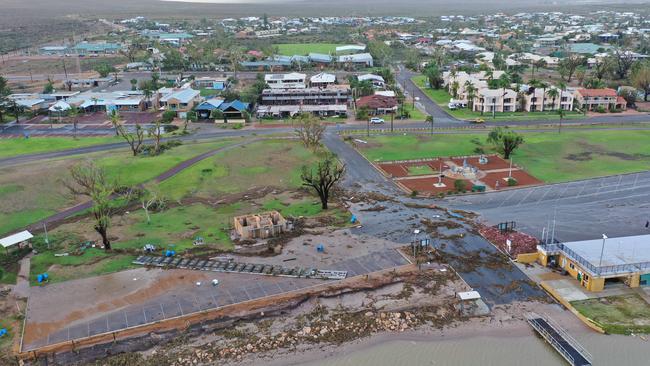
From the outset of the rebuild, the shortage of workers across the state and the lack of accommodation for those who could be found was apparent. But there is little sign of anything material being done over the subsequent year and a half to address those issues.
The magnitude of the underspend was so significant that it was identified as a contributing factor when the government’s total spend for the 2022 was $576m lower than originally budgeted.
The trickles of cash coming through from the government is just a further insult for those residents still struggling to recover.
Kalbarri woman Colleen Stanton – a resident of Kalbarri for more than 45 years – and her three local daughters are gutted by what has happened to Ms Stanton’s home since its roof was ripped off by Seroja.
Her two-level house overlooking Chinamans Beach was both her home and her source of income. She lived in the top level and rented out the lower level to holidaymakers.
The top storey was devastated by the cyclone, but she was initially able to live in the undamaged lower level while she waited on repairs.
In February, the builders assigned to her home by her insurance company told her a new roof would be installed within weeks. But 11 months and a particularly wet winter later, there is still no roof. The combination of the rain and the builder’s decision to use a wet saw and concrete mixer inside the house – with water and waste running through the home and downstairs – means the lower level is now also ruined. The repairs that were started were so poor that the builders were asked to cease work and will now need to be redone. With almost no long-term accommodation available in town, finding Ms Stanton another place to live has been challenging.
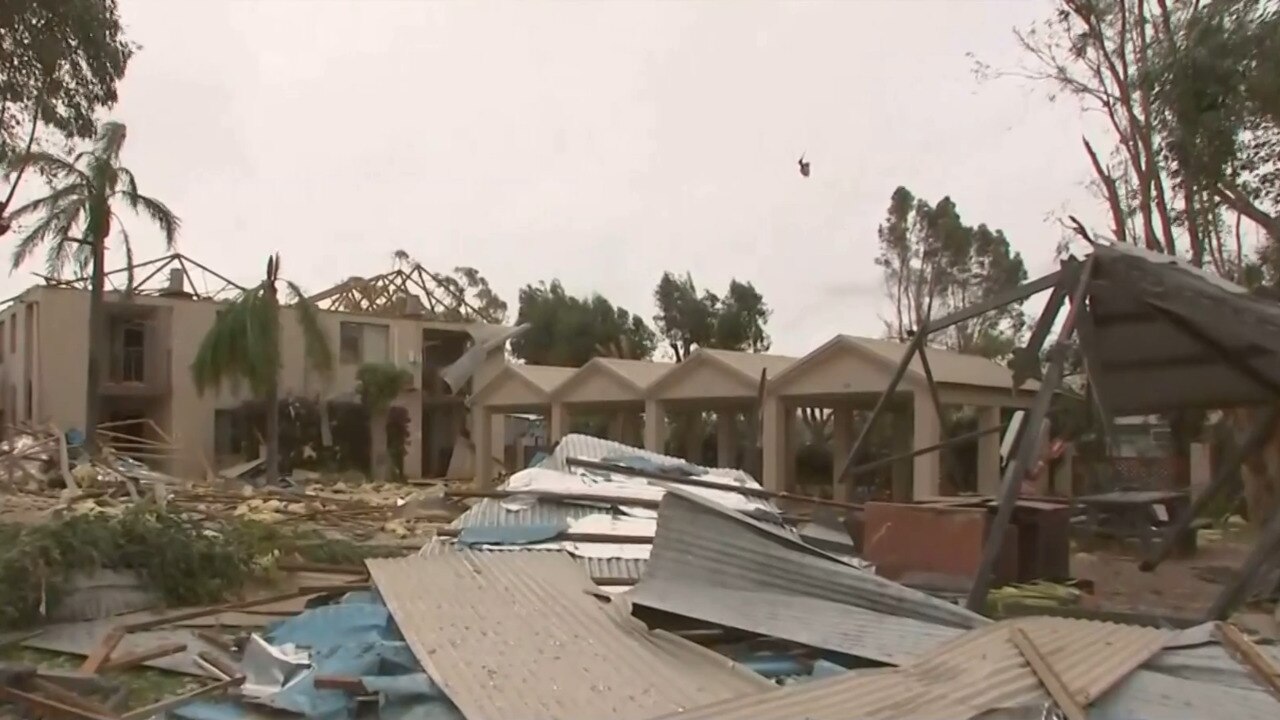
“The house is even more destroyed now, two years on, than after the cyclone,” Ms Stanton’s daughter Jody Douglas said.
With several key public areas of Kalbarri still visibly damaged, the lack of disaster funding allocation is a further disappointment.
Ms Douglas said she would like to see the leftover money directed to repairing the community infrastructure still sitting in disrepair.
“It’s a tourist town and there are still big chunks of ripped-up staircases and railings on the beach nearly two years on, which is ridiculous,” she said.
Kalbarri man Richard Burges saw the shade houses and floor stock at his wholesale farm nursery business destroyed by Seroja and has spent more than $100,000 rebuilding the business. His parents have only just moved back into their home earlier this month, having decided to forget about waiting on their insurer to complete the remaining repairs.
“There are tales of woe left right and centre,” he said.
Mr Burges was elected as a councillor soon after Seroja, and has grown increasingly frustrated by the inability of both the shire and its citizens to access the assistance promised.
“The grants sounded amazing. $104m to help us all out and get us up and running, but then it didn’t fit anyone’s needs and it didn’t rebuild our infrastructure,” he said. “The main tourist beach has been blocked off since 11 April 2021 and we can’t get any money to fix it.”
Shire of Northampton mayor Liz Sudlow said the council was continuing to wait on government support for restoring the foreshore and help in making a suitable area available to house the workers who have arrived to help.
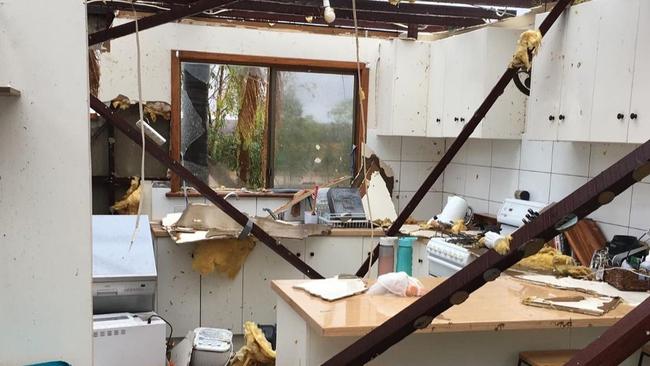
“We‘ve been waiting for an announcement of DFES funding for the Kalbarri foreshore repairs for quite some time. We’re still waiting,” she said.
Data released by the government shows there is a big backlog of grant applications waiting to be processed, although even if all of those are successful the total payout will still fall well short of what was originally anticipated.
Just under $2m was allocated for Cultural and Heritage Asset Clean-Up and Repair Grants administered by the Department of Planning, Lands and Heritage. So far, only a solitary application for $22,000 has been approved, with another 45 applicants still waiting.
The single biggest commitment made was $45m towards a Recovery and Resilience Grant program administered by the Department of Emergency Services. Just $531,178.03 has been disbursed so far, with only a quarter of the 492 applications approved to date.
Mr Aldridge noted that those grants were designed to reimburse people for works taken out to make their homes more resistant to future storms.
“For a lot of people in Kalbarri, they’re like ‘well, that’s all nice, but at the moment we just want to get our roof back’,” he said.
Emergency Services Minister Stephen Dawson declined a request for an interview, instead providing a written statement.
He said the funding allocated to the grant programs was based on the predicted needs of the impacted communities, and that he expected the number of reimbursements to increase as supply and labour issues improve.





